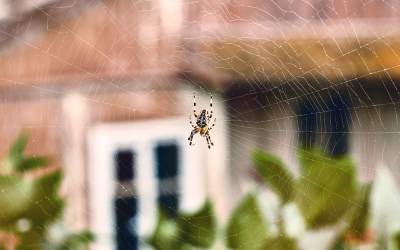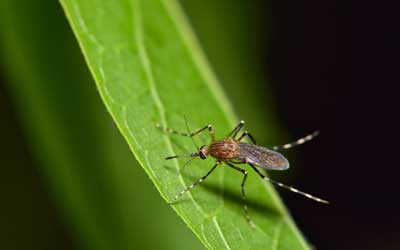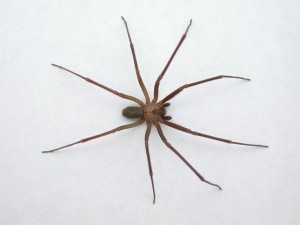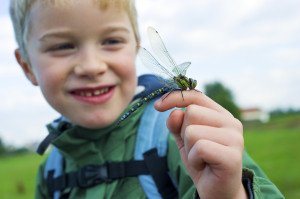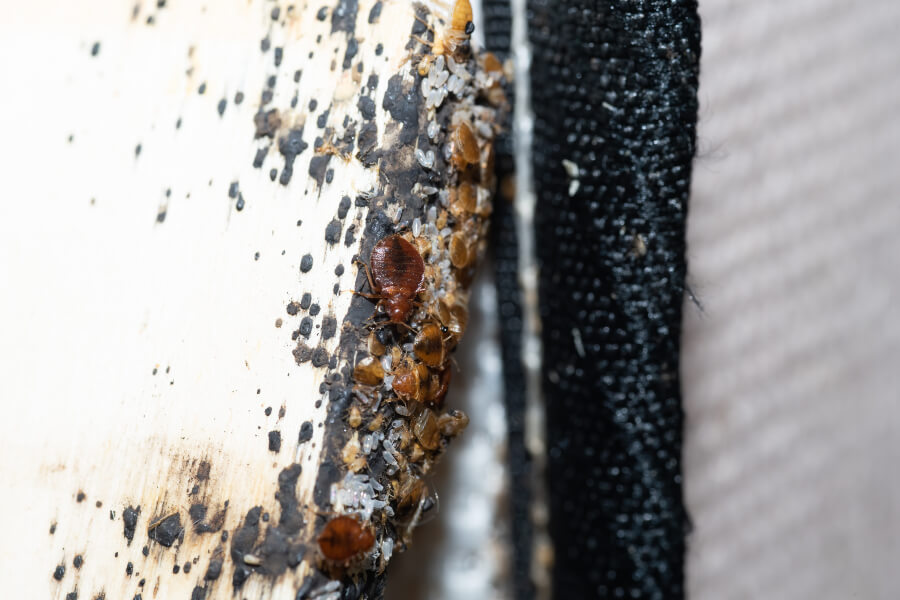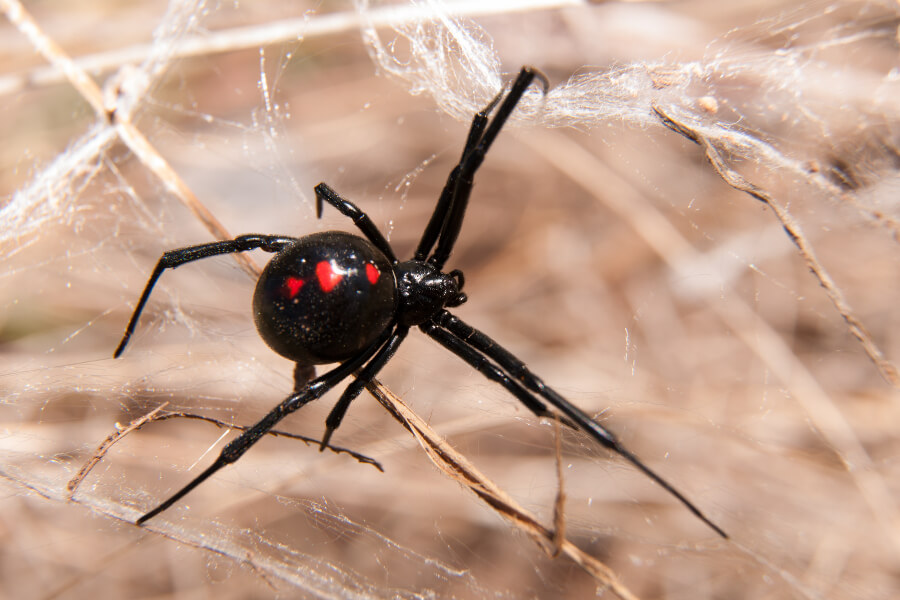The Bug Man’s technicians are no strangers to spiders. We’ve helped many different home and business owners around Central TN put a stop to their spider infestations. You can’t help but learn a lot during the spider extermination process, both about spiders and the people that want them gone. There are a lot of arachnophobes out there! We believe that if you learn more about spiders, you might be less afraid of them and more intrigued by them. Read on to hear our exterminators’ favorite spider facts!
The Bug Man’s Top 10 Facts About Spiders
- Most spider bites won’t hurt you: There are only a select few spiders around Central TN with enough venom to seriously harm a human. Although all spiders are venomous, most of them only need enough venom necessary to kill small bugs.
- There are spiders everywhere: Not just around the world, around you, too! Research suggests that you’re likely within 10 feet of the nearest spider at any time. Don’t worry, though. Spiders would much rather stay hidden than bother you.
- Thousands of spider species have been found: Over 35,000 species of spiders have been documented, and experts believe that they’ll find many more in years to come.
- Male spiders give presents: When a male fancies a female, he might capture and wrap an insect in silk to present to her as a gift. Some dishonest spiders have been observed cutting corners by wrapping up leaves or other junk instead.
- They also dance: Some male spiders perform a dance routine consisting of arm-waving and scurrying movements as part of their courtship practice.
- Female spiders will attack males: Some female spiders will kill and save the body of their mate after copulation to be able to provide food to her offspring later.
- Spider silk has many purposes: Spiders don’t just use their silk to spin webs. They also create transportation lines, tunnels, nests to hide in, and use it as a floating device.
- Spider silk trumps steel: If you were to cut a piece of silk down to the dimensions of a string of spider silk, it would be 5 times weaker!
- Silk starts as a liquid: Before coming into contact with air, spider silk sits as a liquid in the spinning gland. It is solidified after it is ejected. This makes its strength all the more impressive!
- Spider muscles are quite different from ours: Spiders can’t extend their legs out with the same muscular mechanism that draws them in. Instead, they pump a special fluid through their legs that also allows them to jump great distances.
Do You Still Need Spider Control?
We hope you’ve come away from this with a few new spider facts to take with you going forward. However, we understand that even if you think they’re interesting, having hordes of them in your home or business can be quite distressing. If you need spider removal services, reach out to our team at The Bug Man. Our spider exterminators will provide you with a free quote if you contact us today!

